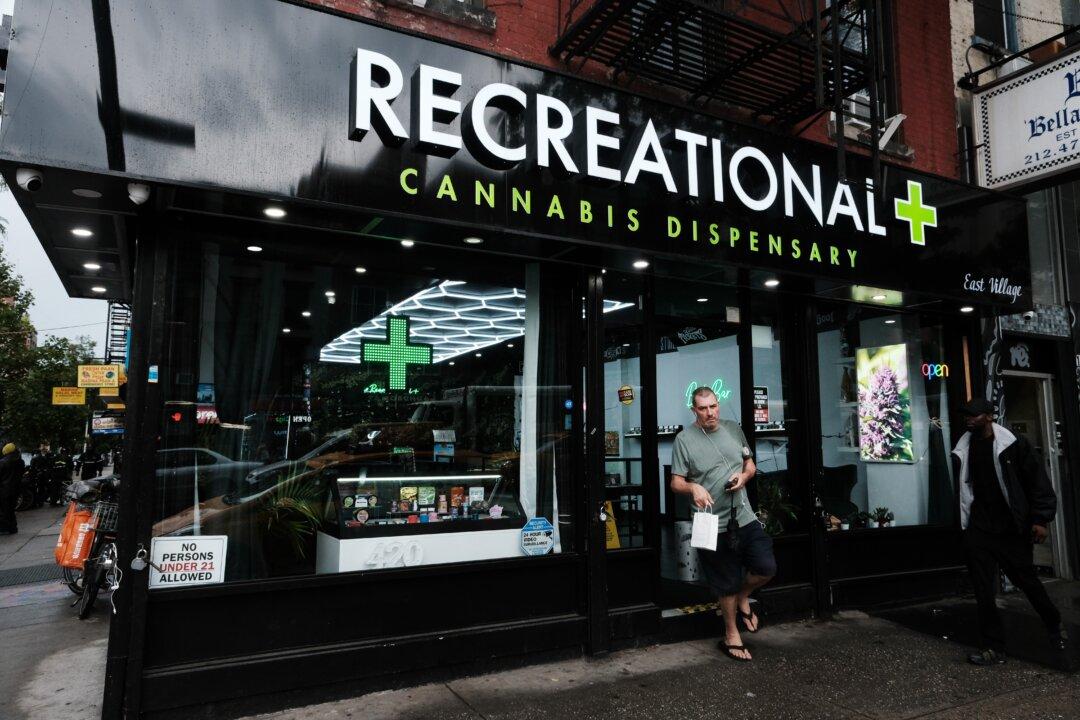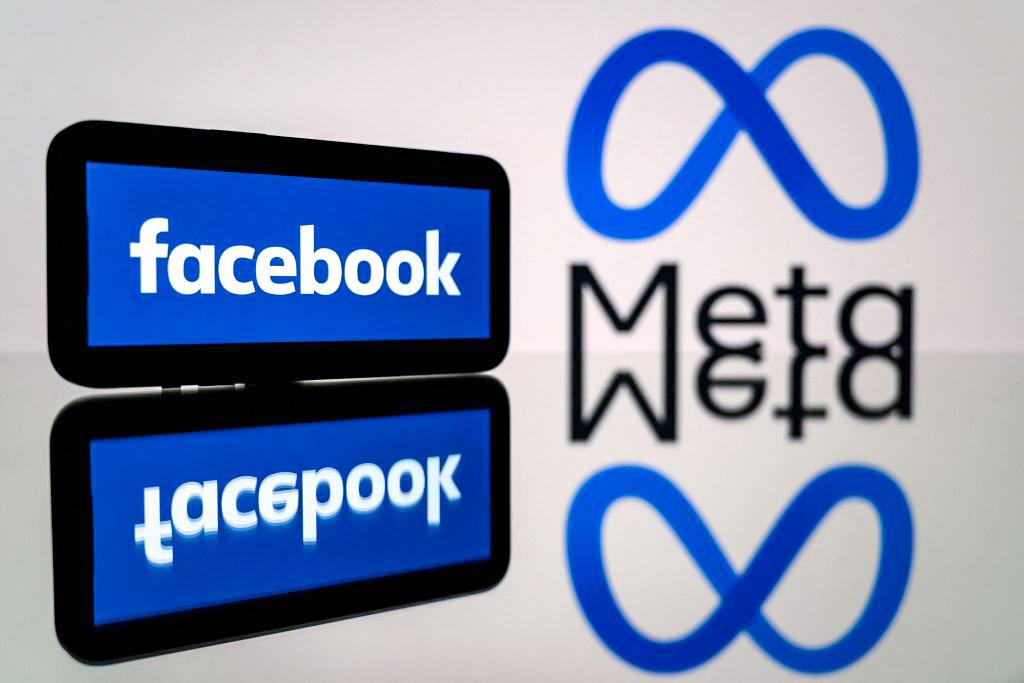About one in four high school students across the nation identify as lesbian, gay, bisexual, other, or questioning their sexuality (LGBQ), according to a recent report from CDC.
Students were also asked which term best described their sexual identity: “heterosexual (straight),” “gay or lesbian,” “bisexual,” “I describe sexual identity in some other way,” “I am not sure about my sexual identity (questioning),” or “I do not know what this question is asking.”
The CDC report showed the percentage of LGBQ students more than doubled between 2015 and 2021.
The percentage of students with a sexual identity other than heterosexual has increased steadily from 11% in 2015 to 26% in 2021, the report said.
The sexual identity answer options for the 2021 survey were changed “to provide more inclusive options for students to describe their sexual identity,” the CDC wrote in its Youth Risk Behavior Survey Data Summary and Trends Report: 2011-2021, released on April 27, 2023. The 2021 survey’s overall response rate of 57.5 percent, lower than in previous years, “reflects the challenges of a school-based survey during the COVID-19 pandemic.”
Future versions of the survey will include a question on gender, the report noted.
Overall, the results showed 12.1 percent of high school students identified as bisexual, 9.1 percent identified as other or questioning their sexuality, and 3.2 percent identified as gay or lesbian.
Sexual Behaviors
Thirty percent of high school students reported ever having sex, down from 41 percent in 2015. About one in five, or 21 percent, said they were currently sexually active, down from 30 percent in 2015.The report showed that 29 percent of the students who identified as straight had ever had sex, while 33 percent of LGBQ+ had ever had sex.
The percentage of high school students who reported having four or more sexual partners over their lifetime also fell from 11 percent six years ago to six percent in 2021.
The percentage of girls with four or more partners trended down from 13 percent to five percent over 10 years from 2011 to 2021. The percentage of boys with four or more partners also decreased from 18 to 7 percent during the same period.
While sexual activity showed to be trending in the right direction, other risky sexual behaviors worsened.
Less than half of those who reported having sex used a condom “during last sexual intercourse.”
In 2020, the report noted that 13-24-year-olds accounted for 20 percent of all new HIV cases in the United States. It also stated that more than half of the 20 million new sexually transmitted diseases (STDs) reported that same year were among those 15-24 years of age.
Mental Health and Suicidality
Mental health has declined among young people over the 10-year trend report.“In 2021, 42% of high school students felt so sad or hopeless almost every day for at least two weeks in a row that they stopped doing their usual activities,” the report stated.
Girls were more likely than boys to experience persistent feelings of sadness or hopelessness, 57 percent and 29 percent, respectively, a significant increase from 21 and 36 percent in 2011.
Nearly 70 percent of LGBQ+ students said they experienced persistent feelings of sadness and hopelessness during the past year compared to 35 percent of straight students.
About 1 in 5, or 22 percent, said they seriously considered suicide over the past year, the 2021 report said.
Forty-five percent of students who identified as LGBQ+ seriously consider suicide, and 37 percent made a suicide plan in 2021. And half of those who ever had sexual contact with the same sex said they made a plan to kill themselves.
More girls than boys seriously considered ending their lives.
The percentage of girls considering suicide jumped from 19 to 30 percent between 2015 and 2021, while the percentage of boys remained relatively flat at 13 and 14 percent during the same period.
In 2021, 10 percent of high school students attempted suicide at least once over the past year.
Twice as Many LGBT Adults
The percentage of adults who self-identify as LGBT more than doubled from 3.5 percent in 2012 to 7.2 percent in 2022, according to data compiled by Gallup.“Adult members of Generation Z, those born between 1997 and 2004 who were aged 18 to 25 in 2022, are the most likely subgroup to identify as LGBT, with 19.7 % doing so,” the report stated. “The rate is 11.2 percent among millennials and 3.3% among older generations.”
The February 2023 report is based on data compiled in 2022 from more than 10,000 adults in the United States.
The Gallup survey asked those polled if they identified as lesbian, gay, transgender, or something else, allowing them to choose multiple answers. While 86 percent said they were straight, 7 percent chose not to answer the question.
Among those who identified as LGBT, the greatest share—“more than half, or 4.2%”—said they were bisexual. Five percent of LGBT adults identified as something other than lesbian, gay, bisexual, or transgender. Most said they were “queer, pansexual, or asexual.”
The LGBT adult population is expected to grow as the younger generation becomes adults.
CDC Recommends Inclusivity
The CDC report recommended several actions, such as “increasing connectedness,” “improving school-based services,” and “quality health education for all” to improve the health and well-being of adolescents.“Health education that is grounded in science, medically accurate, developmentally appropriate, and culturally, and LGBTQ+ inclusive is effective in teaching skills to understand their mental health and physical health and make thoughtful health decisions,” the CDC wrote in the report.





